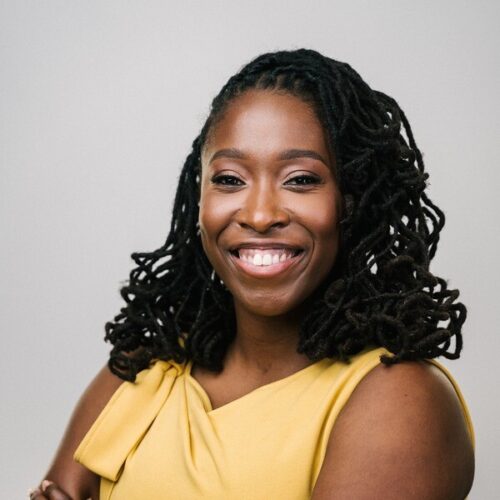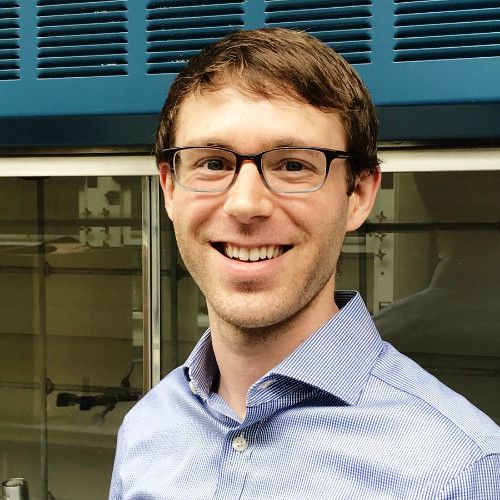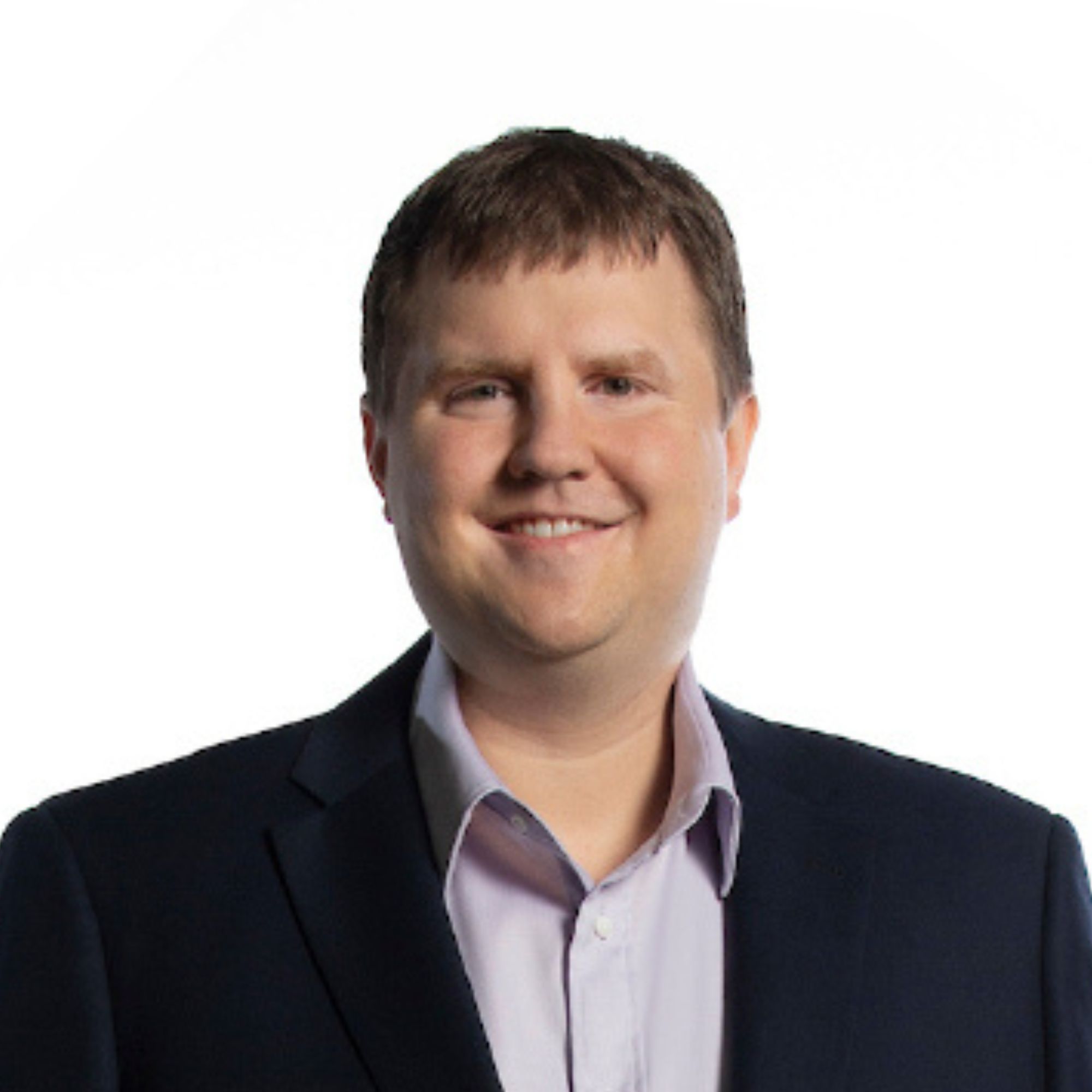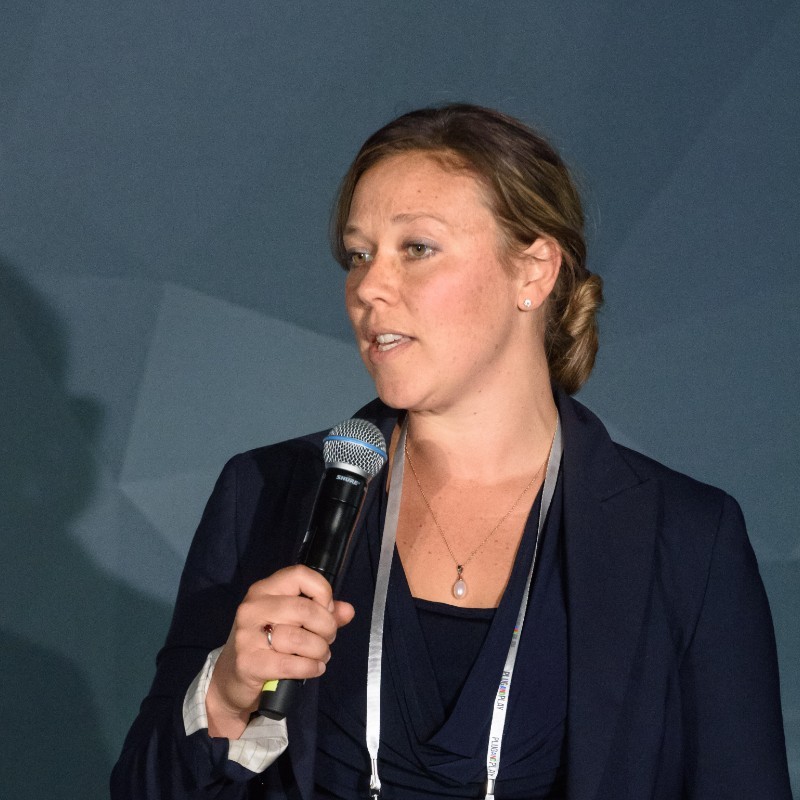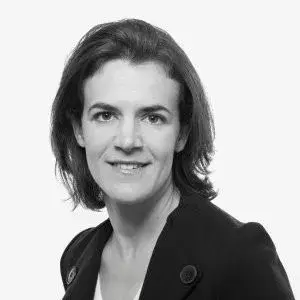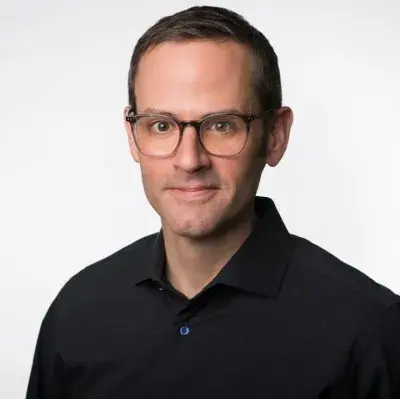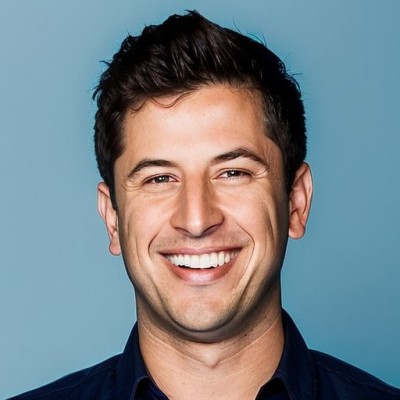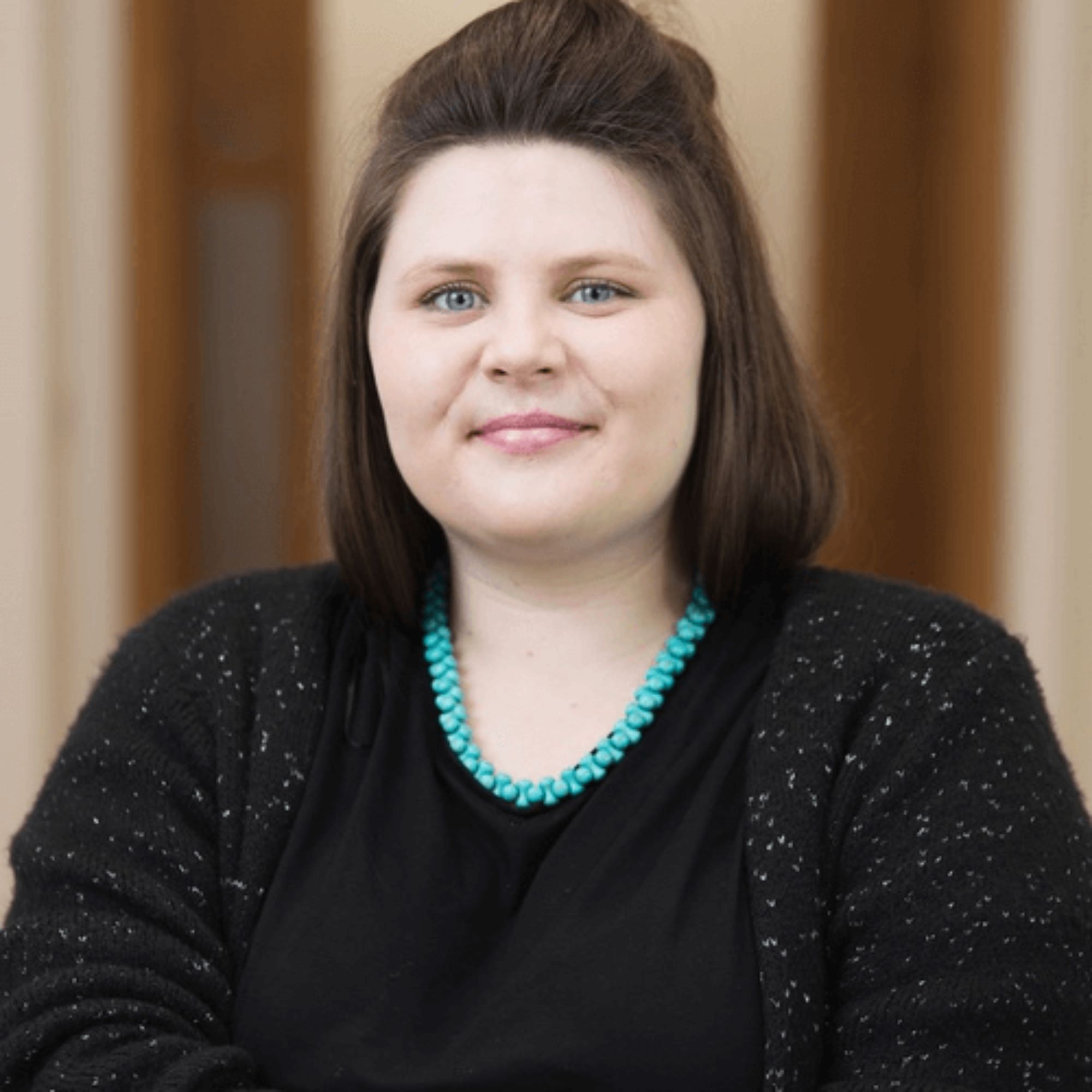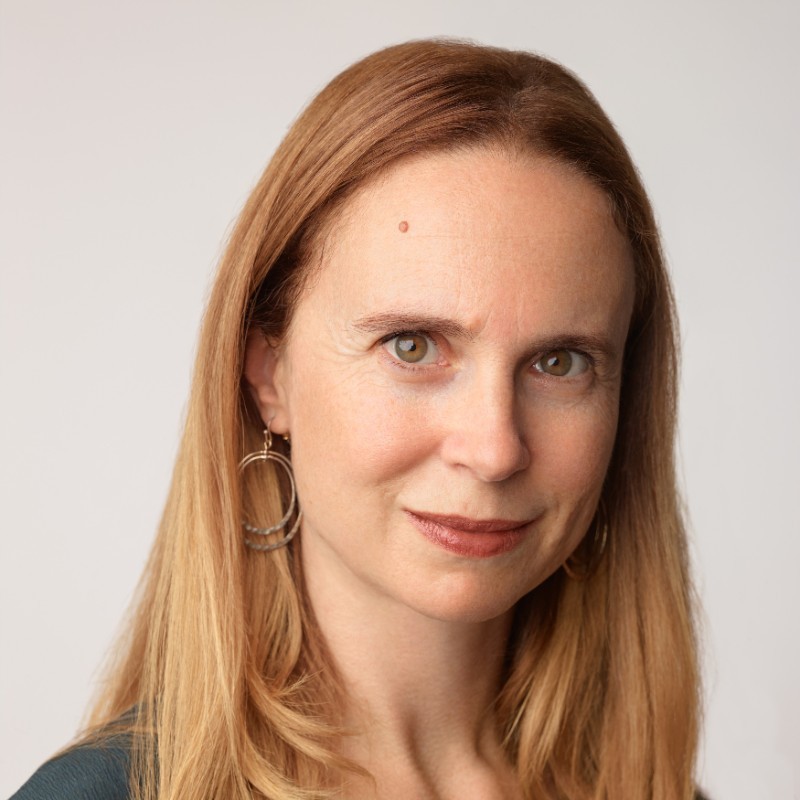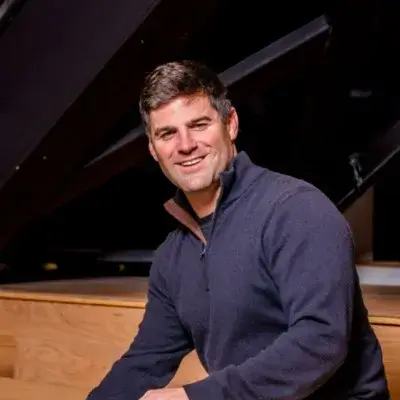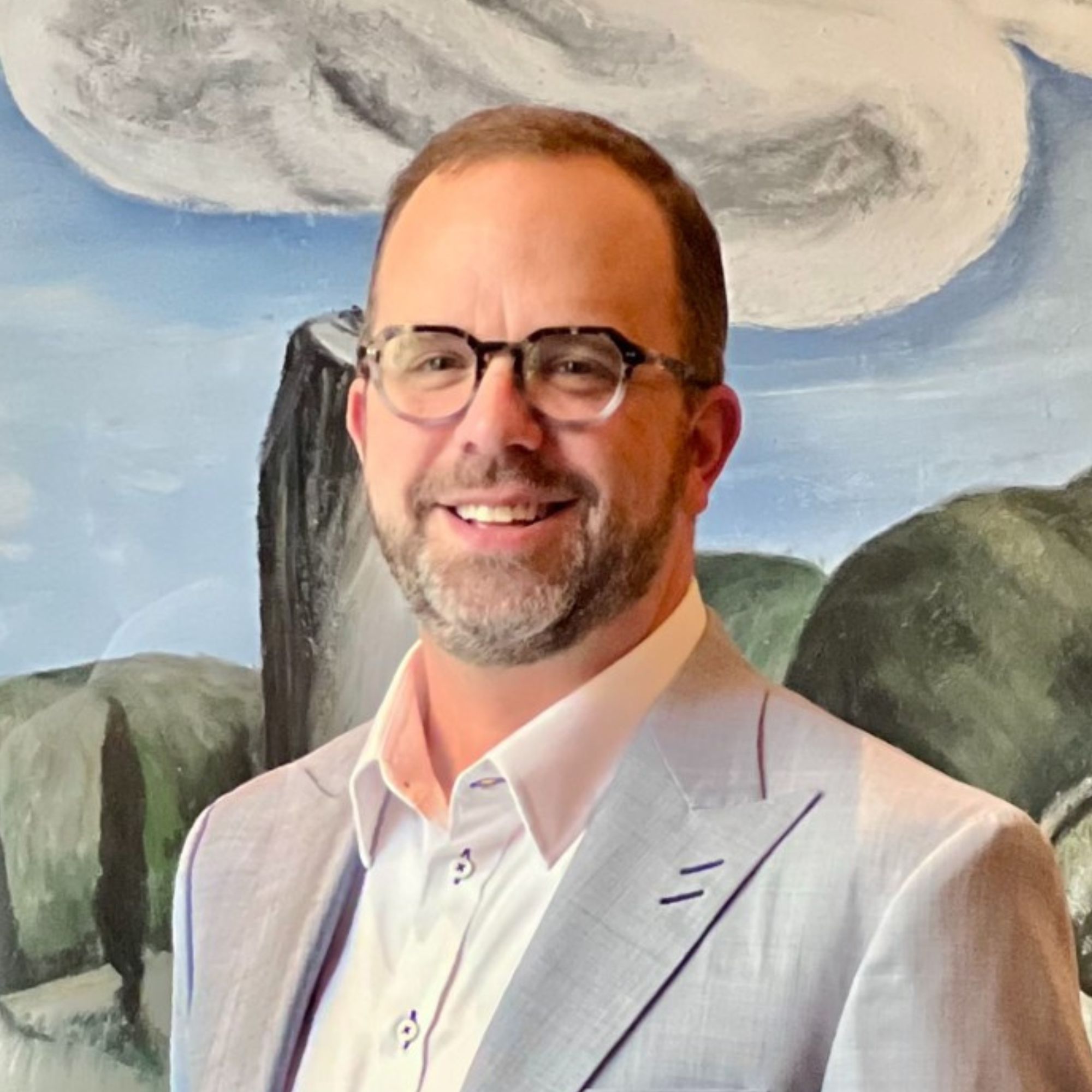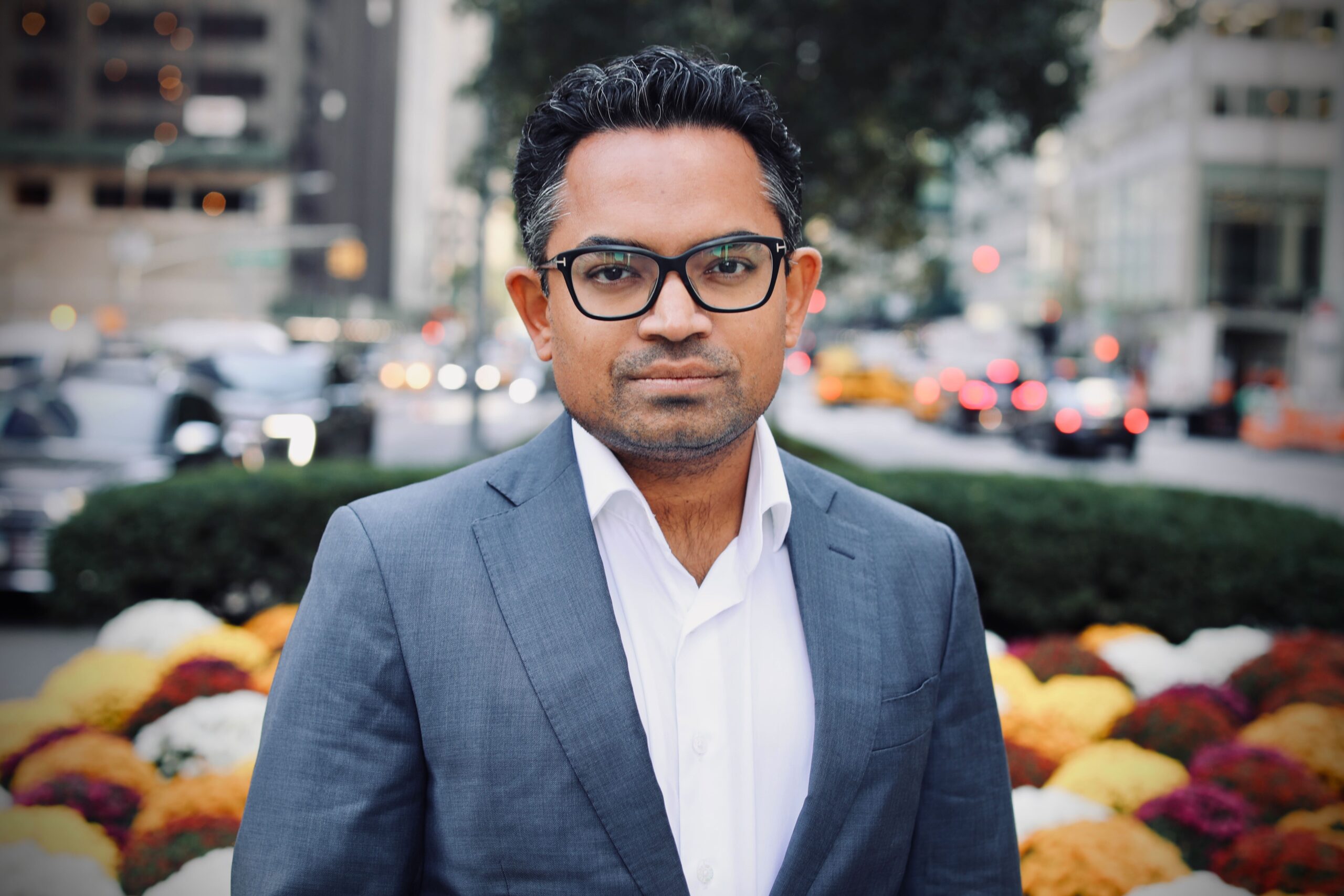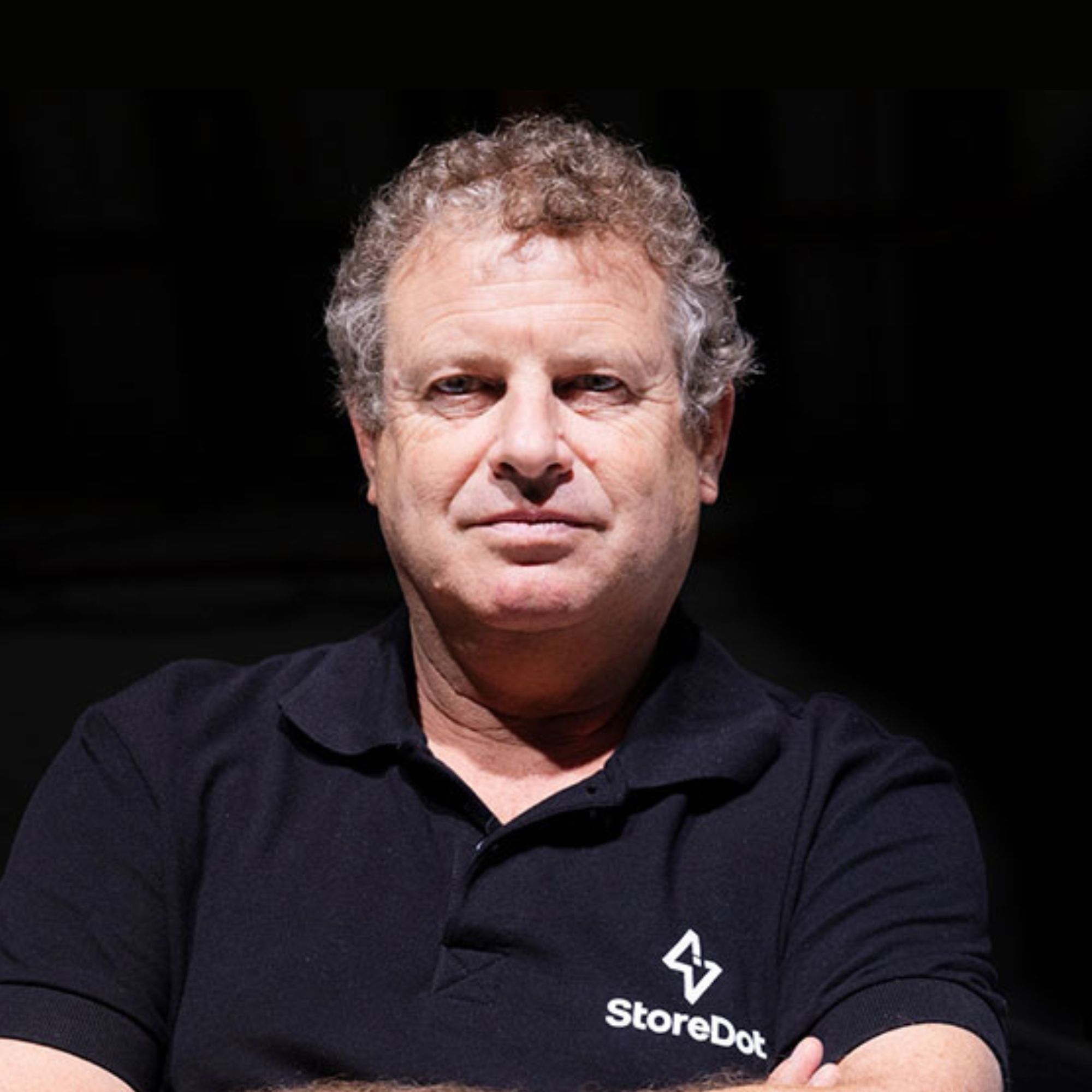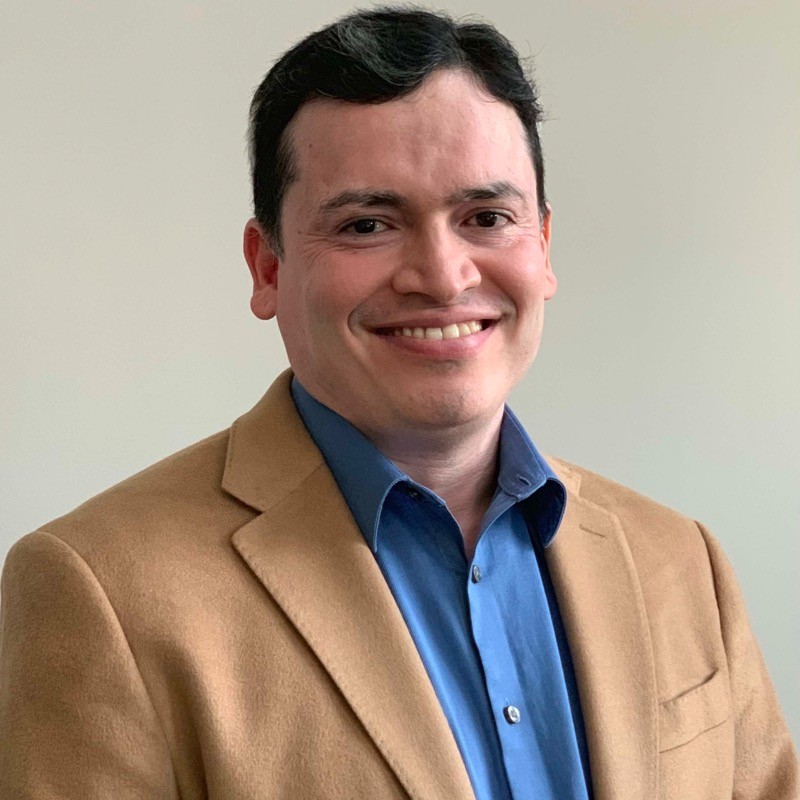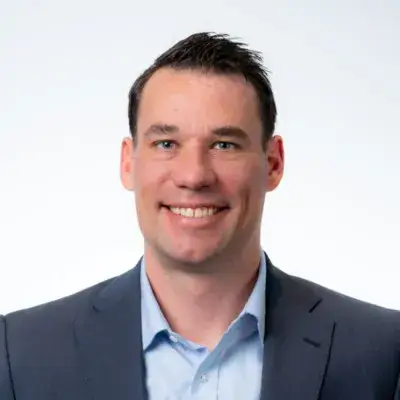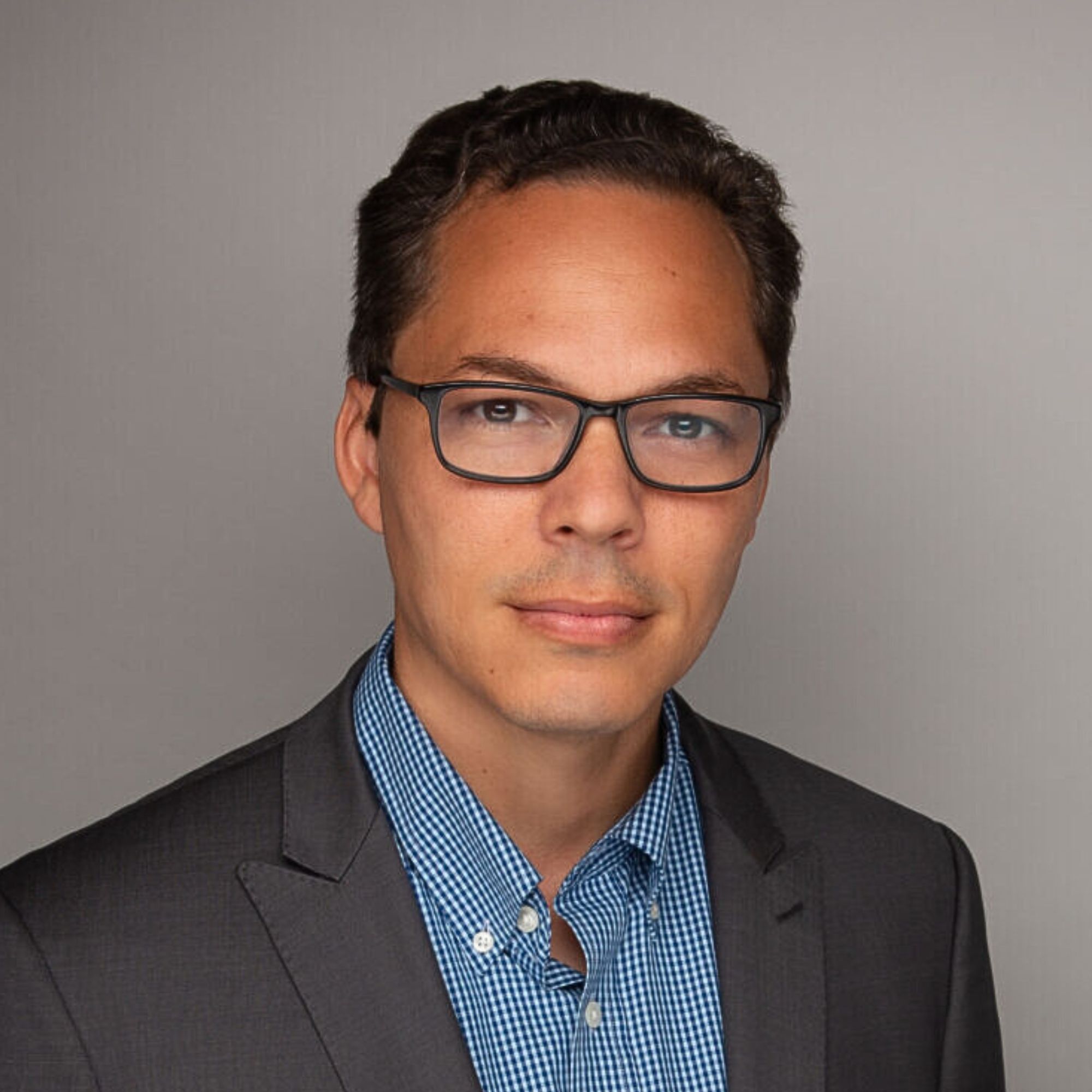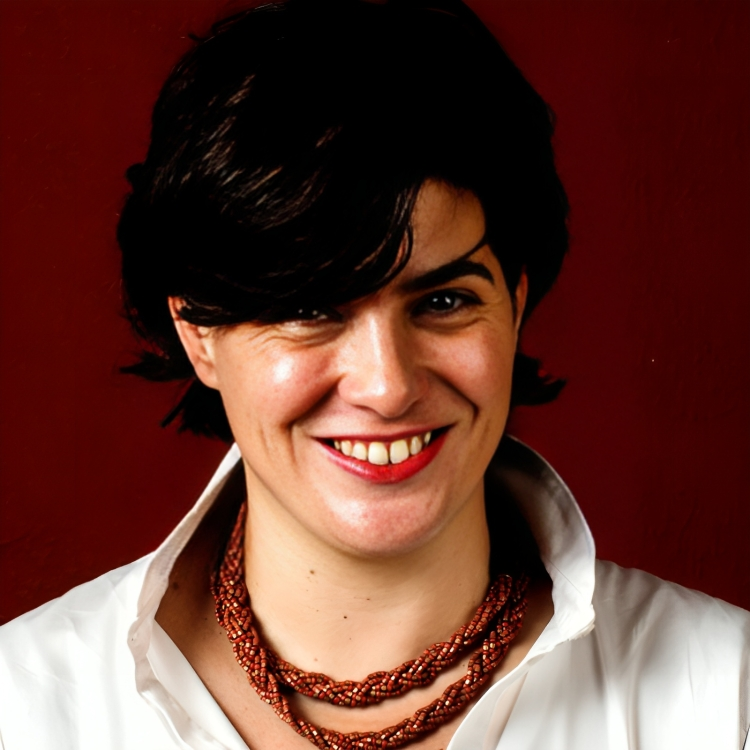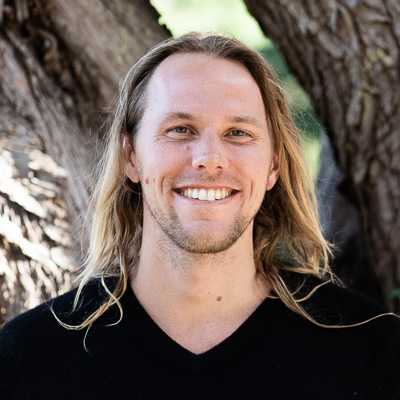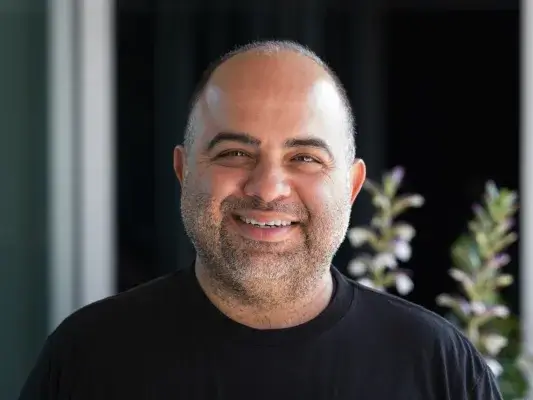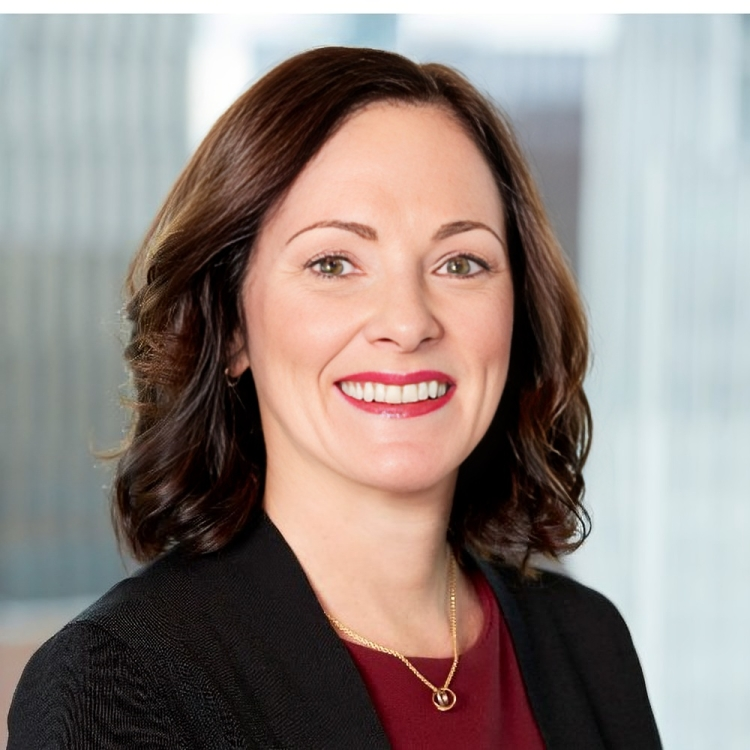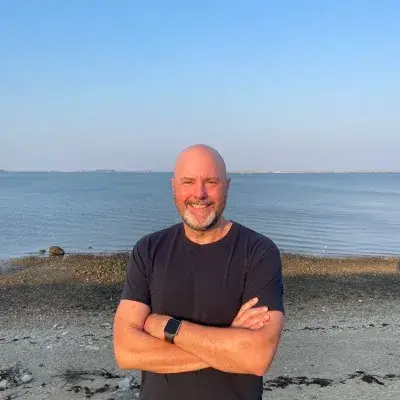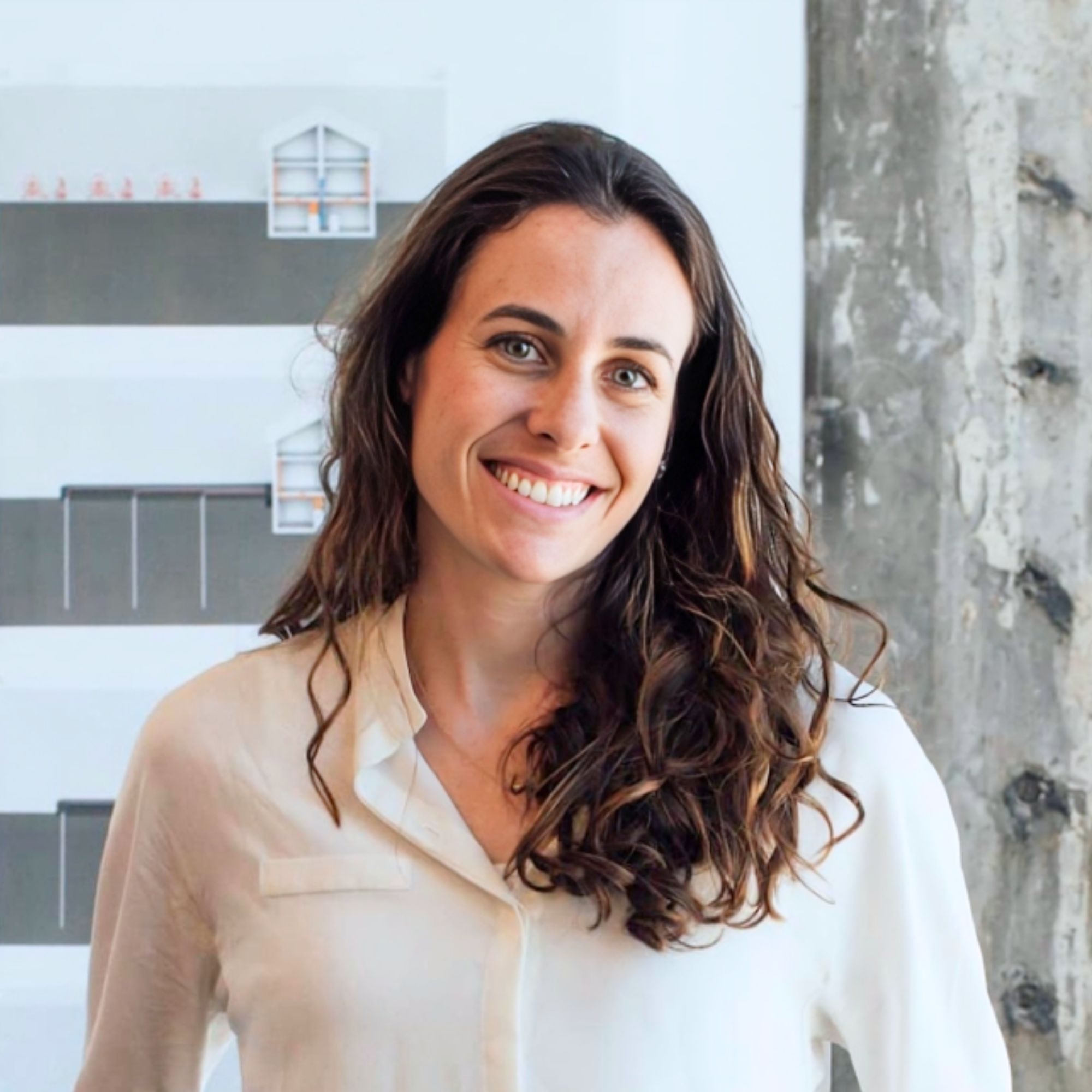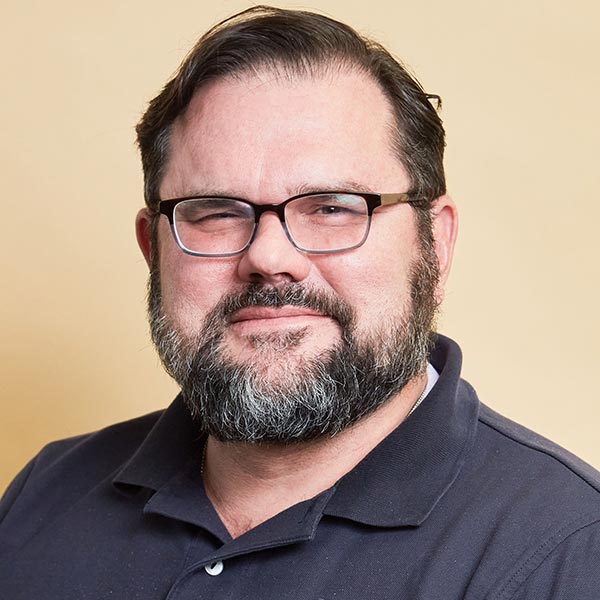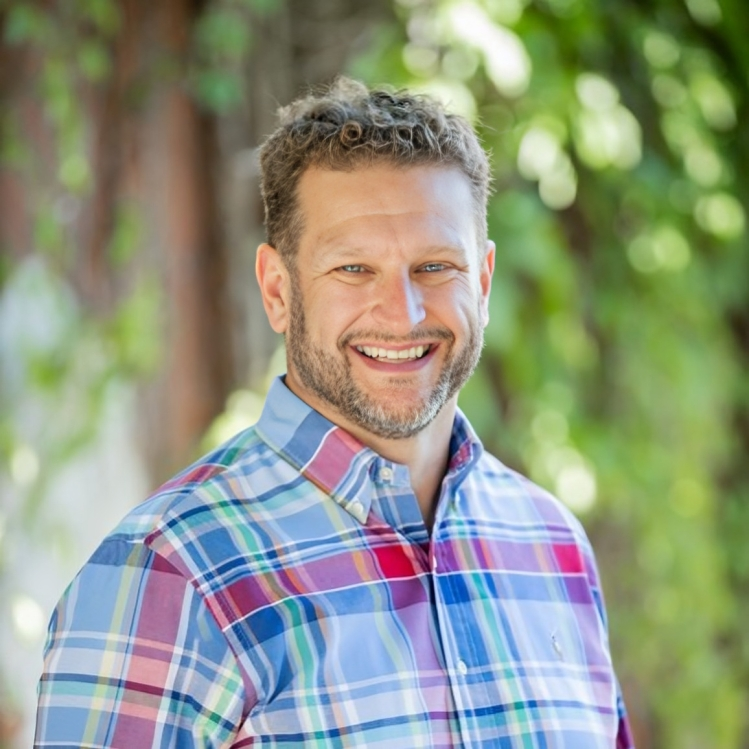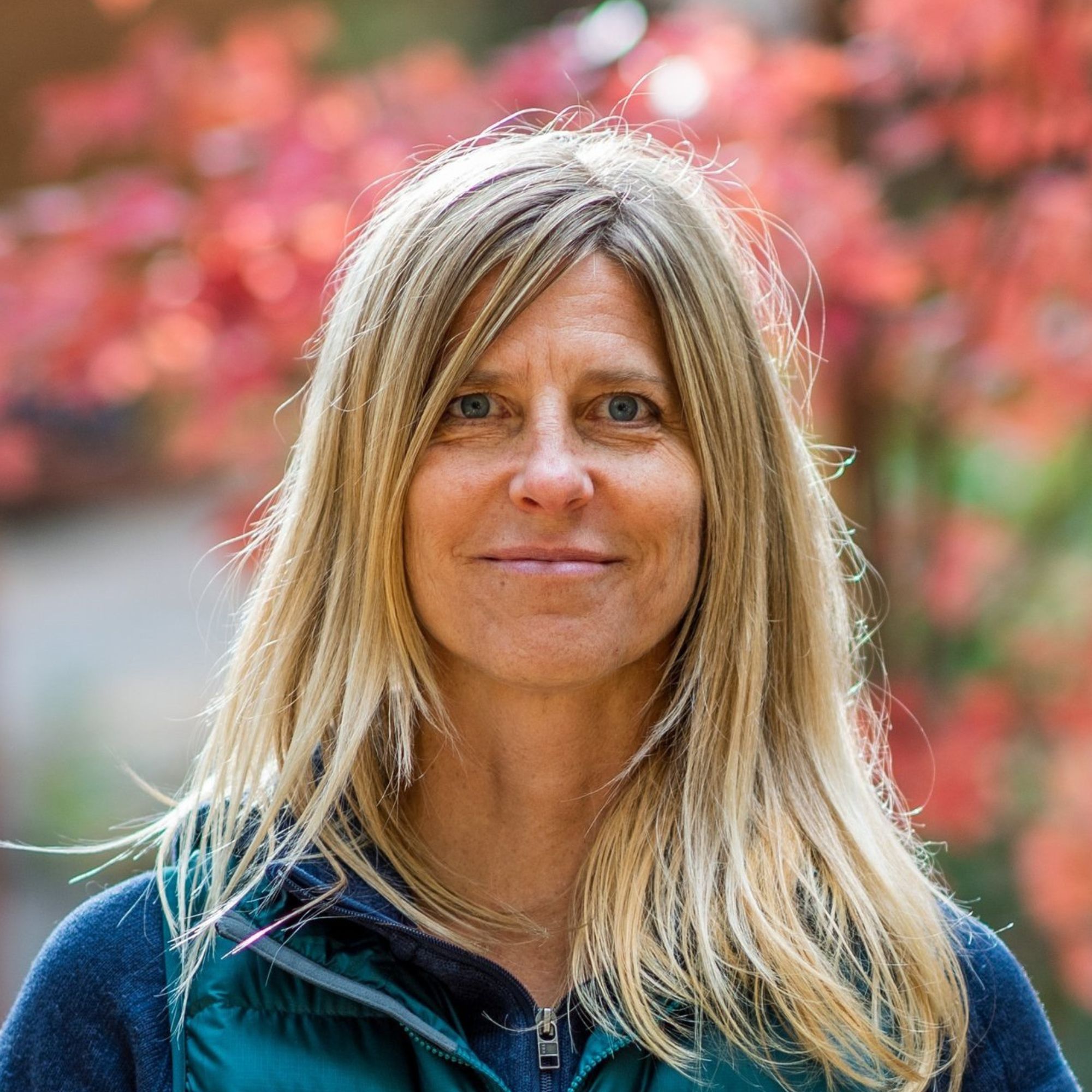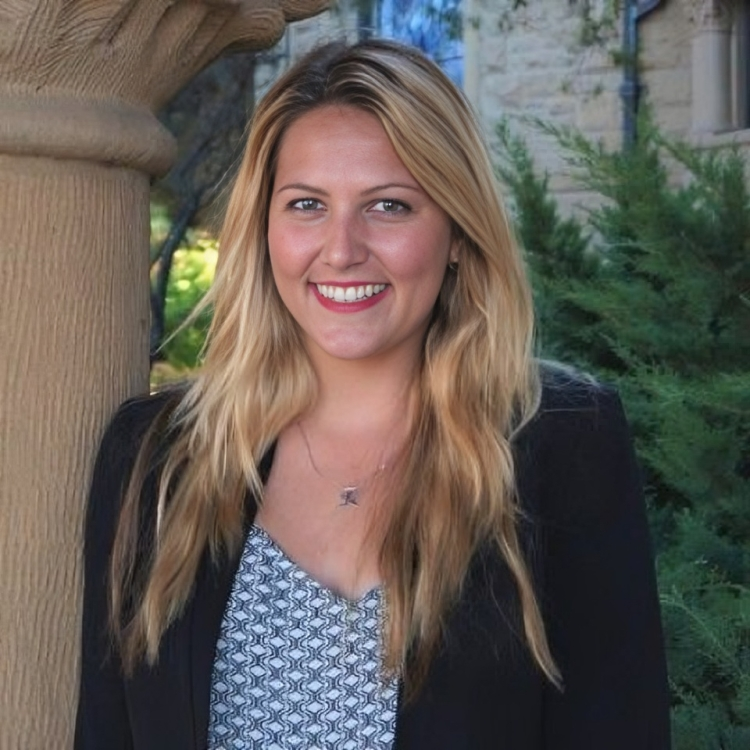Ready to build your own Founder-Led Growth engine? Book a Strategy Call
Frontlines.io | Where B2B Founders Talk GTM.
Strategic Communications Advisory For Visionary Founders
Actionable
Takeaways
Strategic Partnerships:
Form close partnerships with key industry players who can advise clients about your market. This helps in gaining credibility and driving early adoption.
Leverage Market Intelligence:
Publish leading market insights and standardized data to establish authority and build trust in new and evolving markets.
Flexible Targeting:
Cater to a wide range of customer segments by developing versatile solutions that can address the needs of both small and large-scale clients.
Build with Feedback:
Engage in thorough customer research and integrate feedback early in the product development process to ensure market fit and drive user satisfaction.
Sustaining Relationships:
Maintain long-term relationships with co-founders and key team members. Openness and appreciation of diverse perspectives can strengthen partnerships and drive business success.
Conversation
Highlights
Building in the Pre-Market: How Crux Turned a Six-Month Government Delay Into Strategic Advantage
Most founders obsess over time-to-market. Allen Kramer did the opposite.
In a recent episode of Category Visionaries, Allen Kramer, Co-Founder and COO of Crux, a sustainable finance platform, explained how his company incorporated in January 2023 to build for a market that wouldn’t legally exist for another six months. The Inflation Reduction Act had passed, creating transferable tax credits as a new asset class. But the Treasury Department hadn’t released implementation guidance. Nobody could transact.
“We incorporated the company January of 2023, but guidance hadn’t been released by the Treasury Department until June of last year,” Allen explains. “No one in this market was transacting because it was that new and guidance hadn’t come out.”
Most founders would view this as a problem. Allen saw infrastructure time.
The Window Before the Window
The period between law passing and implementation details represents a unique moment in market creation. Companies exist in theory but can’t operate in practice. Buyers and sellers know opportunity is coming but can’t commit capital until the rules solidify.
Allen used this liminal period strategically. “It was this very unique moment in building, where we could lay a lot of foundation, do a lot of customer research upfront, start to build some of the infrastructure and foundations that we’d need.”
This wasn’t passive waiting. Crux hired aggressively, raised capital, and conducted extensive customer research while their future market remained frozen. When guidance finally dropped in June, followed by market opening “over the course of mid to late Q three of last year into Q four,” Crux had already built the platform infrastructure competitors would now need to scramble to create.
“From there, it’s just exploded,” Allen notes. The compressed timeline from market opening to rapid scaling only worked because Crux had already solved the hard technical and operational problems during the pre-market period.
The Intermediary Bet
When most founders think marketplace, they think direct connections. Buyers meet sellers, platform captures spread. Allen rejected this model immediately for transferable tax credits.
“I think a critical early decision was that we wanted to partner very closely with players like banks, tax advisors, major institutional players, that were going to be on the front lines of advising that naturally we’re going to be on the front lines of advising their clients about entering this market,” he explains.
This wasn’t defensive positioning. Allen identified a structural reality about corporate tax decisions. “These transactions are simpler than some of the precedent transactions. The tax equity market is a very complicated type of transaction and these transactions are much simpler, but they’re still going to require their people’s tax advisors or their bankers to advise them on actually conducting these transactions.”
The complexity positioning matters. Transferable tax credits sit in a middle zone: simpler than legacy alternatives but still requiring professional guidance. That zone creates perfect conditions for intermediary partnerships. Transactions are accessible enough that advisors can learn them quickly but complex enough that corporations won’t DIY the process.
“Being really flexible has helped us drive much more liquidity earlier,” Allen says. “We can support not just buyers and sellers coming directly to the market. That’s a great fit for some types of players, but for others, working with an advisor that may be on our platform is the right strategy for them.”
The Data Aggregation Layer
Allen’s intermediary strategy unlocked a second-order benefit that pure peer-to-peer marketplaces miss. By channeling transactions through their platform, even when intermediaries facilitated connections, Crux accumulated market intelligence faster than direct models would allow.
“It gives us access to more data to understand what is sort of actually standard for the market and then feed that through into the broader platform that we’re building,” he explains. Each intermediary-supported transaction revealed pricing benchmarks, deal structures, and risk frameworks that Crux could synthesize into broader market standards.
This matters because new asset classes need active standardization. “It helped drive standardization in a lot of places,” Allen notes. Without standard terms and pricing benchmarks, buyers hesitate and sellers struggle. By positioning as the infrastructure layer that intermediaries use, Crux could shape market standards rather than simply participate in them.
The Content as Market Creation
Allen brought back Emily Hughes from his previous company Mobilize to lead growth at Crux. Her mandate wasn’t traditional demand generation. It was market education.
“We publish the leading market intelligence on this new market. Things like pricing reports, objective, standardized data on how people are conducting these transactions,” Allen explains. “Especially for something like a new asset class, it’s been really important to lead with insights, lead with a unique take on the market, and an objective perspective.”
This content strategy serves a more fundamental purpose than thought leadership. When intermediaries advise clients about whether to participate in transferable tax credits, they reference Crux’s pricing reports and transaction data. The platform generates data that informs market intelligence that drives more intermediaries to use the platform. Each cycle strengthens Crux’s position as the definitive source of truth.
The Three-Persona Balance
Crux serves sellers, buyers, and intermediaries simultaneously. “We have three Personas that we partner with renewable energy developers and manufacturers, people generating credits,” along with “family offices that are looking to transact in this market up to the Fortune 100.”
The range within each persona creates complexity. On the seller side, transactions span from $80,000 credits from small players “up to very large scale, utility scale players, generating hundreds of millions of dollars of credits, or billions of dollars of credits a year.”
This range defies conventional ICP wisdom that says to pick one segment and dominate it. Allen instead built for the full market because different transaction sizes need different paths to completion. Some require direct marketplace connections. Others need intermediary facilitation. The flexibility matters more than segment focus.
The Strategic Capital Architecture
Allen’s fundraising strategy reinforced his intermediary-first approach through deliberate investor selection. “We’ve publicly raised capital from folks like Orsted or LS Power, people that are really large in this industry,” he notes.
These strategic investors served dual purposes: “It’s helped drive a lot more insight early into the business, as well as, of course, adoption of the platform.” Bringing renewable energy and power sector players onto the cap table provided domain expertise during product development while creating platform credibility with intermediaries who might otherwise be skeptical.
The investor mix also maintained continuity from Allen’s previous company. “Clay at lower Carbon had invested in our last company. Ian Samuels from new system Ventures had invested in our last company, Shamiq Dutta from Overture. But previously higher ground Labs had invested in our last company.”
These repeat investors already understood Allen’s operating style and execution capabilities, reducing diligence friction while adding new strategic investors like Andreessen Horowitz for the Series A brought fresh perspectives and expanded network access.
The Efficient Market Assumption
Allen’s entire strategy rests on rejecting a common assumption. “The inflation Reduction act passed and it just became so clear that this new asset class would need new solutions. And because an efficient market was not inevitable.”
That last phrase reveals sophisticated market thinking. Most founders assume market forces naturally create efficiency. Allen recognized that new asset classes need active infrastructure building. Someone has to create the standards, the pricing transparency, and the transaction frameworks that allow markets to function.
This shaped Crux’s positioning from the beginning. They weren’t building a better version of existing infrastructure. They were building the first real infrastructure for a market that had none. The transferable tax credit market would eventually function efficiently, but only if someone made that happen. Crux decided to be that someone.
The Long-Term Platform Play
Allen sees transferable tax credits as the starting point, not the destination. “There’s such demand and pull from our existing customers to be able to access additional types of capital, not just this tax credit transaction,” he explains.
The vision is “a much more integrated, one stop shop for our partners to be able to access capital markets as they think about what they need to do to finance their projects and then find the right counterparties for them.”
This expansion path compounds because Crux already owns the intermediary relationships. As they add new financial products beyond transferable tax credits, the same advisors and banks can offer broader solutions through the platform. The intermediary-first strategy that solved the cold-start problem becomes the moat that enables expansion.
Allen’s prediction for three to five years ahead envisions “a market where corporate buyers can really easily transact these credits because they very quickly can understand the risks” while “sellers can come to a liquid market where they can easily find the right counterparty for them.”
More broadly, the goal is standardization similar to “the ISDA market, where you see a lot of standardization, a lot more standardization around sort of trading terms.” This comparison to interest rate swap documentation standards signals Allen’s ambition. ISDA took decades to develop. Crux aims to accelerate that timeline for sustainable finance.
The pre-market period that seemed like an obstacle became the foundation for everything that followed. By using those six months to build infrastructure, establish intermediary relationships, and develop market intelligence capabilities, Crux positioned itself not just as a participant in the transferable tax credit market, but as the platform that would define how that market functions.





